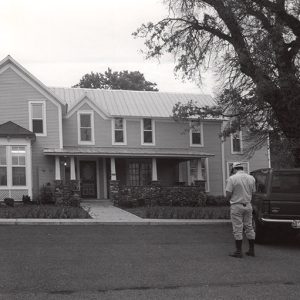 Case-Shiras-Dearmore House
Case-Shiras-Dearmore House
Entry Category: Arts - Starting with C
 Case-Shiras-Dearmore House
Case-Shiras-Dearmore House
Case-Shiras-Dearmore House
Casey House
Cash, Johnny
aka: J. R. Cash
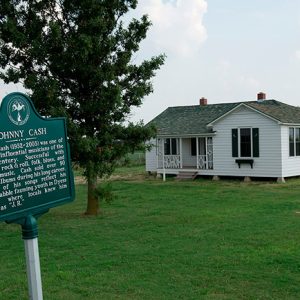 Johnny Cash Boyhood Home
Johnny Cash Boyhood Home
Cash, Tommy
Castle, Irene
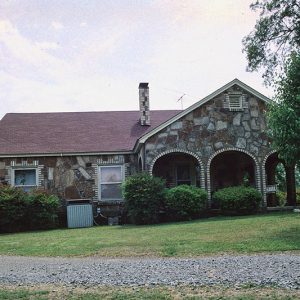 Hinkle and Ermin Castleberry House
Hinkle and Ermin Castleberry House
Cate Brothers Band
Cates, Opie
 Opie Cates Recording
Opie Cates Recording
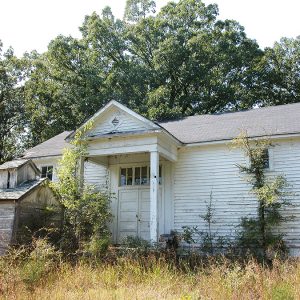 Cedar Grove School No. 81
Cedar Grove School No. 81
 Cedar Grove School No. 81
Cedar Grove School No. 81
 Celebrate Sculpture
Celebrate Sculpture
 Centennial Celebration Woodcut
Centennial Celebration Woodcut
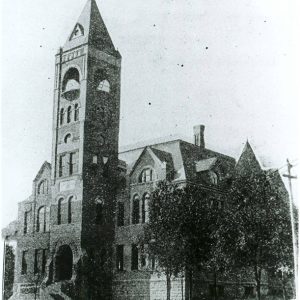 Centennial School
Centennial School
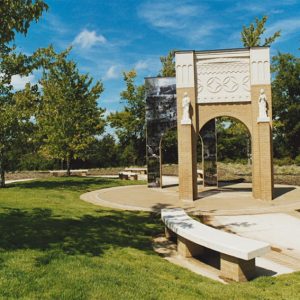 Central High Commemorative Garden
Central High Commemorative Garden
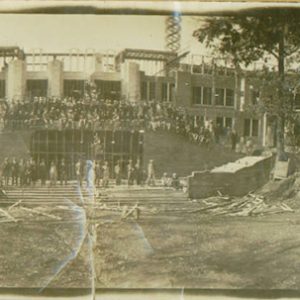 Central High Construction
Central High Construction
 Central High Postcard
Central High Postcard
Central Theater
 A Certain Shade of Pink
A Certain Shade of Pink
Charles “Bullet” Dean Hyten House
Charlotte Street Historic District
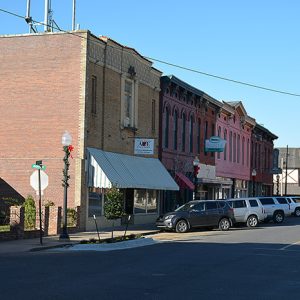 Cherry Street Historic District
Cherry Street Historic District
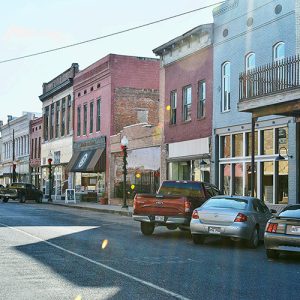 Cherry Street Historic District
Cherry Street Historic District
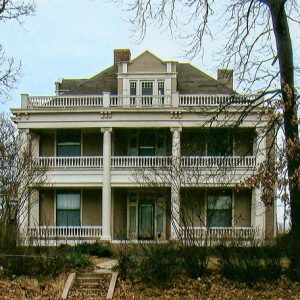 Francis Cherry House
Francis Cherry House
 Chessmen
Chessmen
Chicot County Courthouse
 Choreography by Simon Kuban
Choreography by Simon Kuban
 Choreography by Yuka Oba-Muschiana
Choreography by Yuka Oba-Muschiana
 Choreography by Yuka Oba-Muschiana
Choreography by Yuka Oba-Muschiana
Christ of the Ozarks
 Christ of the Ozarks
Christ of the Ozarks
Christensen, Les
aka: Leslie Ann Christensen
 Christmas Card
Christmas Card
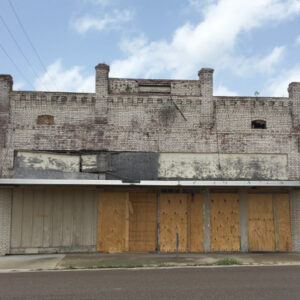 Chu Building
Chu Building
 Citizens Bank Building
Citizens Bank Building
 Citizens Bank Building
Citizens Bank Building
Citizens Bank Building (Jonesboro)
Clark County Courthouse
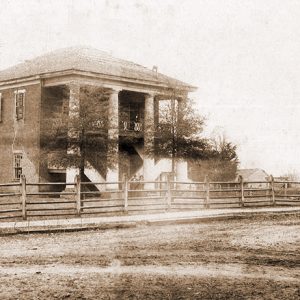 Original Clark County Courthouse
Original Clark County Courthouse
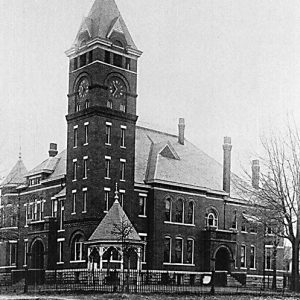 Clark County Courthouse
Clark County Courthouse
Clark County Library
 Clark House
Clark House
Clark House (Malvern)
 Joe Marsh and Maxine Clark House
Joe Marsh and Maxine Clark House
Clarke, Albert Oscar (A. O.)
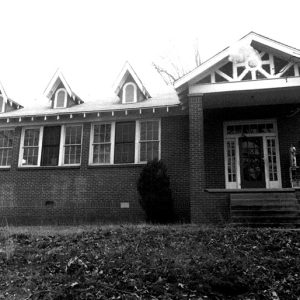 Clarksville High School Building No. 1
Clarksville High School Building No. 1
 Clarksville High School Building No. 1 (back)
Clarksville High School Building No. 1 (back)
 Clarksville National Guard Armory
Clarksville National Guard Armory




